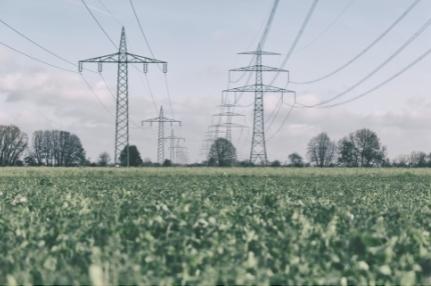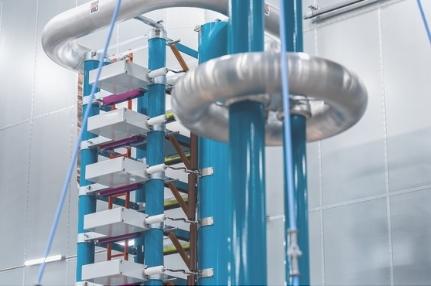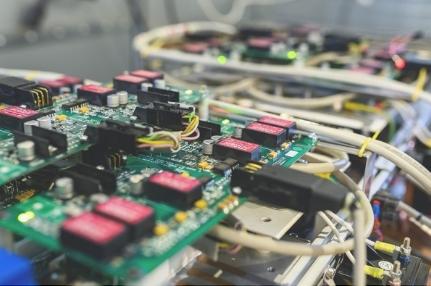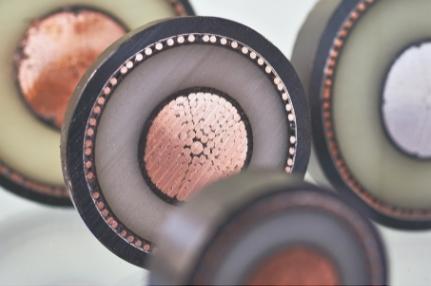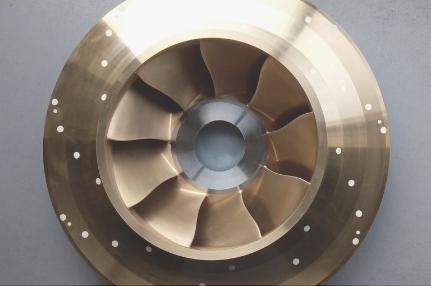Recherche & collaboration
Qu’est-ce qui nous rend unique ?
SuperGrid Institute doit son succès aux personnes qui composent nos différents départements de recherche. Nos équipes viennent d’horizons divers, tant industriels qu’universitaires, et la richesse de leur expérience et de leurs compétences rend l’Institut unique.
Chaque personne apporte une expertise spécifique et ce vivier de connaissances offre aux spécialistes de différents domaines la possibilité de collaborer sur des solutions innovantes pour résoudre des problèmes techniques.
L’Institut bénéficie d’étroites relations de collaboration avec des acteurs de l’industrie et des institutions académiques. Alors que les forces complémentaires de nos partenaires apportent des éclairages et des approches innovantes aux défis techniques, nous développons nos départements de recherche en toute indépendance. Des investissements conjoints publics-privés et des projets de collaboration financent le travail.
Les installations de recherche, les plateformes de test et les laboratoires de pointe de SuperGrid Institute sur les sites de Villeurbanne et de Grenoble sont la clé du succès de nos départements de recherche.

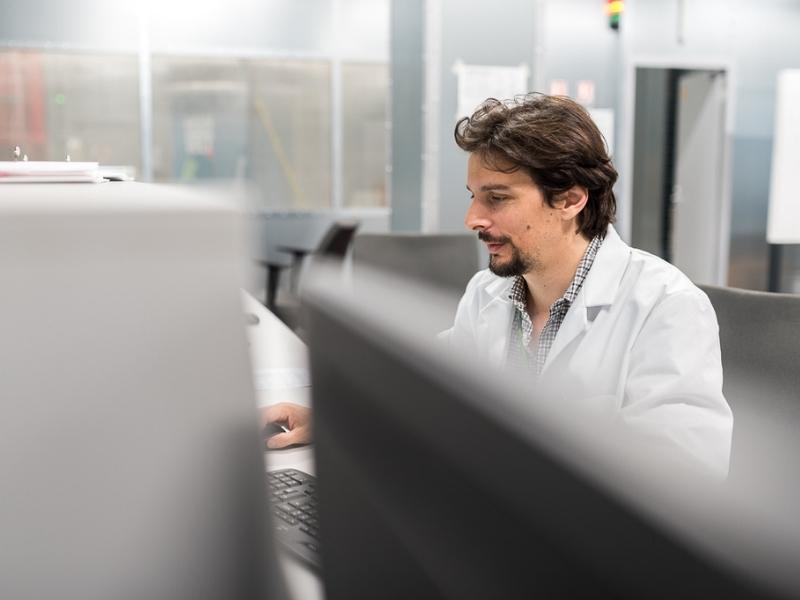
Nos dernières publications scientifiques
Dynamic control of embedded HVDC to contribute to transient stability enhancement
This paper aims to investigate the impact of the overlaid HVDC systems on stability of the surrounding AC grid.
Transient-based fault identification algorithm using parametric models for meshed HVDC grids
This paper addresses the problem of fault identification in meshed HVDC grids once an abnormal behavior has been detected.
Fault identification in HVDC grids using a transient parametric model
This paper presents a novel single-ended fault identification algorithm for meshed High Voltage Direct Current grids.


